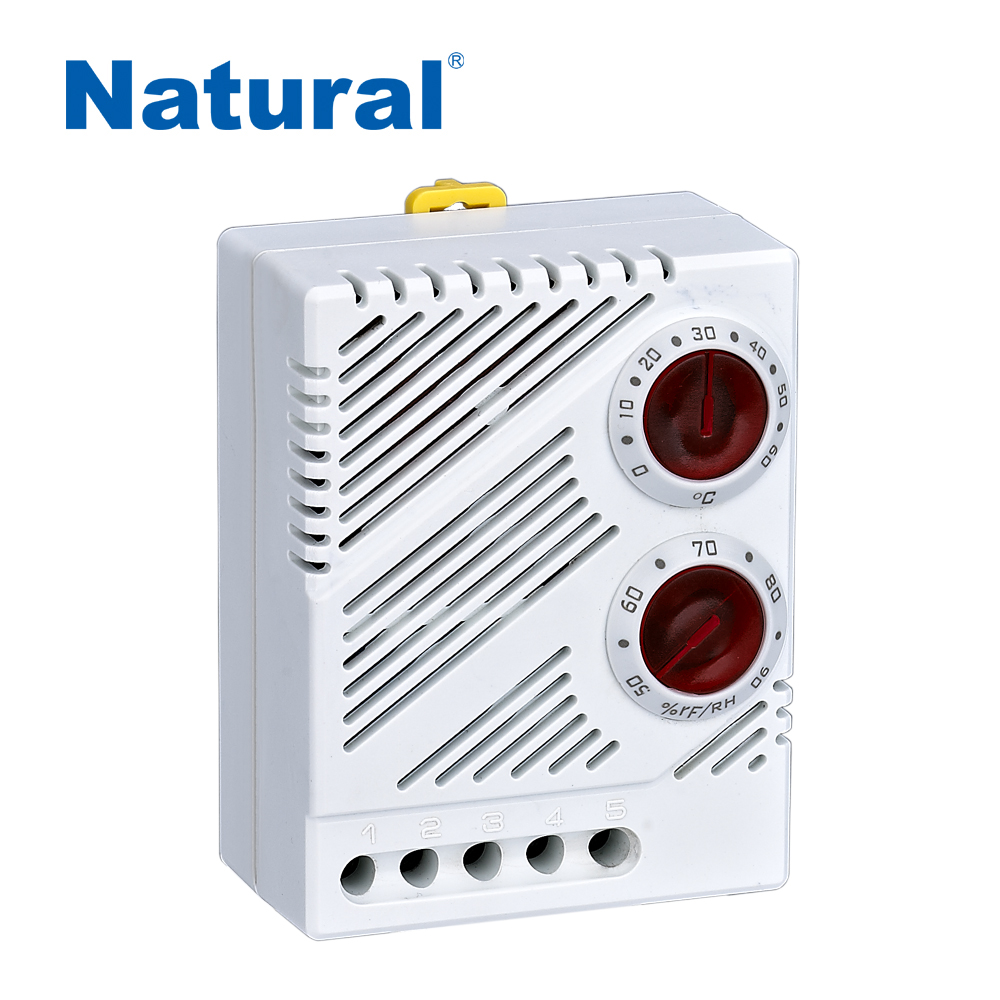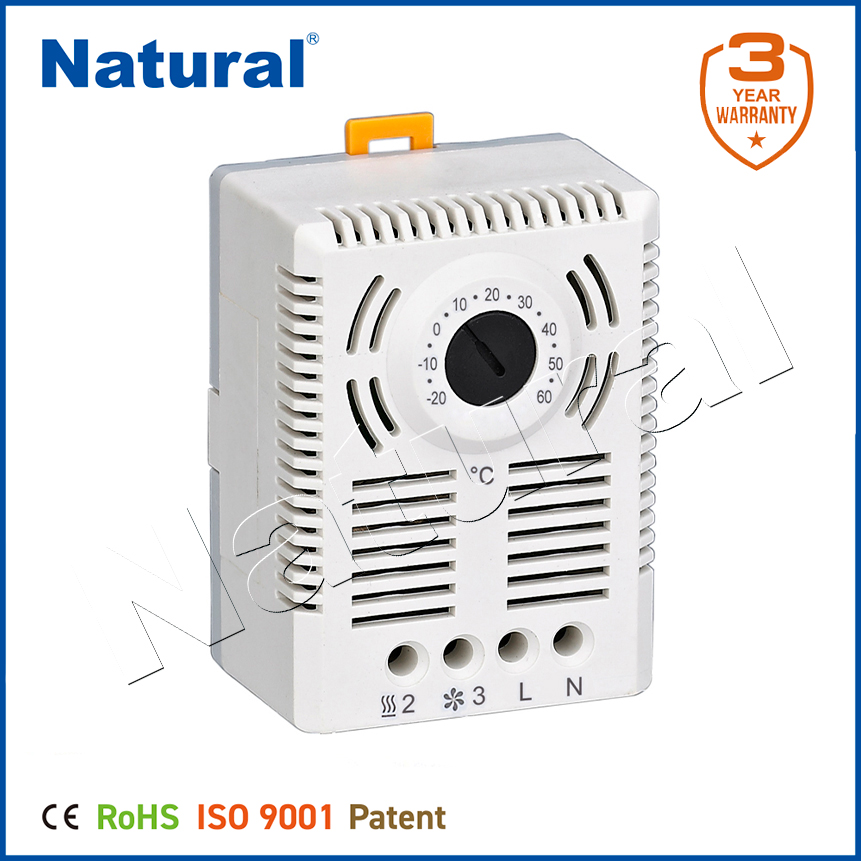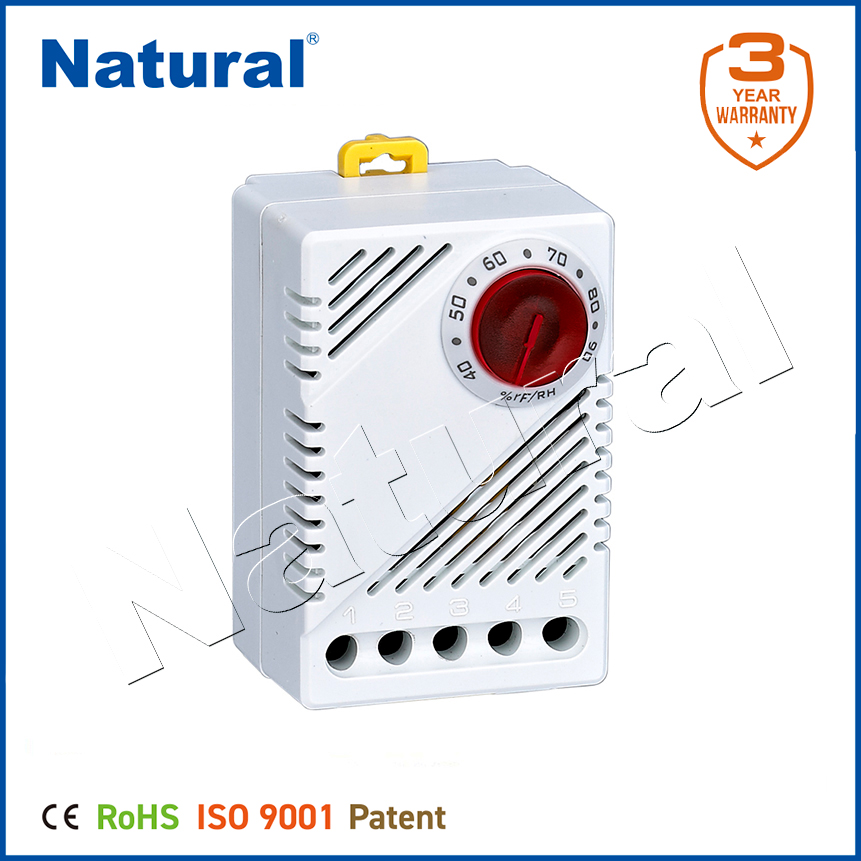In modern environments where humidity control is essential, theElectronic Hygrostatplays a critical role. This sophisticated device is designed to measure and regulate humidity levels in various settings, ensuring optimal conditions for both comfort and equipment protection. This article delves into the workings, applications, and advantages of electronic hygrostats, highlighting their significance in today’s technology-driven world.

What is an Electronic Hygrostat?

Anelectronic hygrostatis a device that measures the relative humidity in the air and maintains it at a desired level. Unlike traditional mechanical hygrostats, which rely on physical components to gauge humidity, electronic hygrostats utilize digital sensors and microcontrollers for precise readings and controls. This technology allows for more accurate monitoring and management of humidity, making them ideal for a wide range of applications. How Does an Electronic Hygrostat Work? The functioning of an electronic hygrostat can be broken down into a few key steps: Measurement: The device uses a sensor to detect the moisture level in the air. These sensors can be capacitive or resistive, converting humidity levels into electrical signals.
